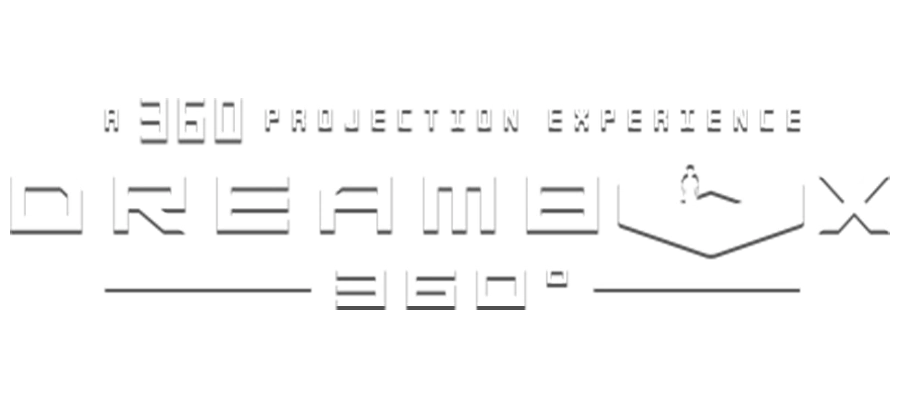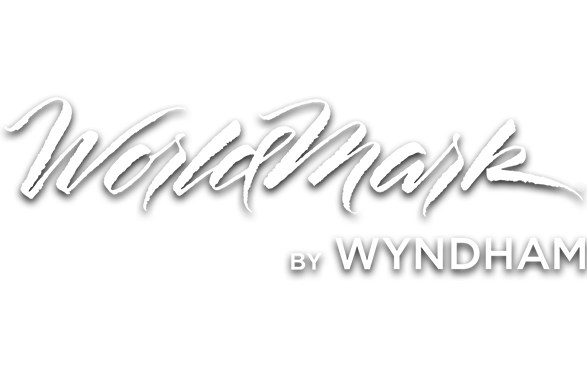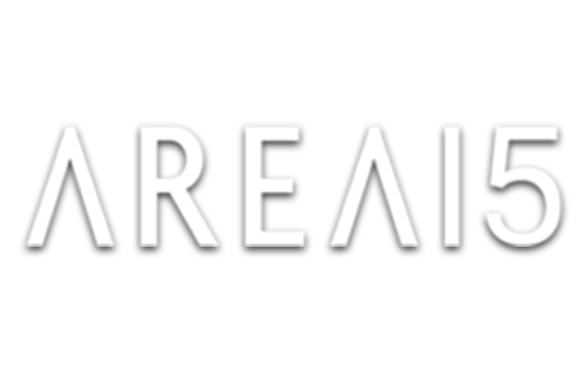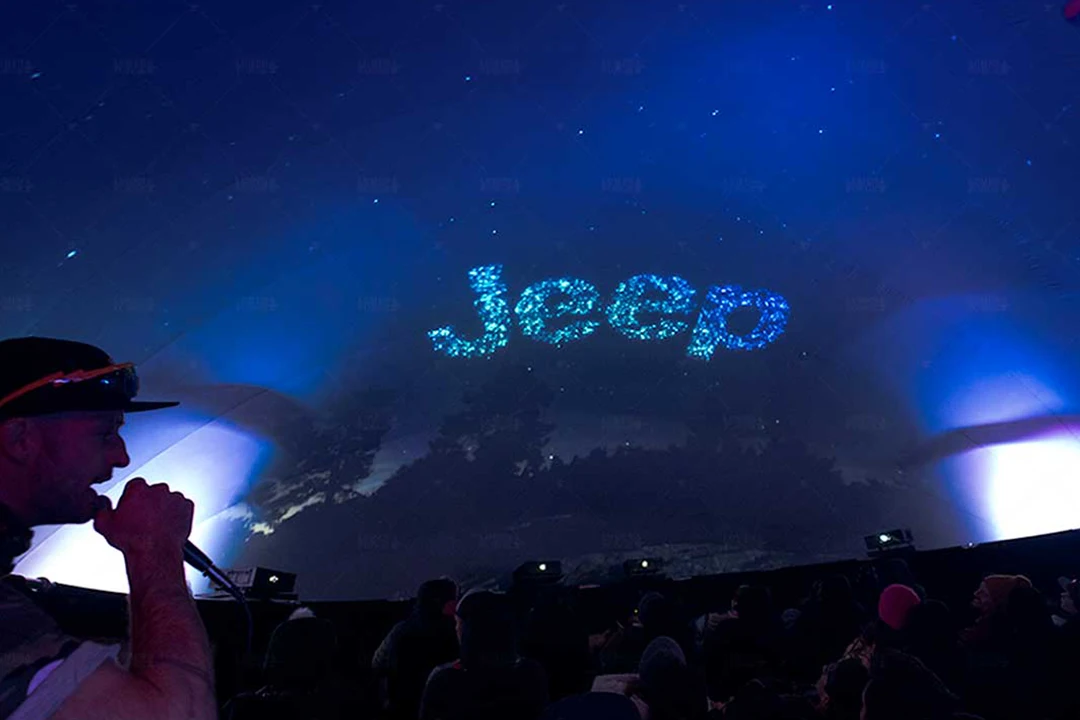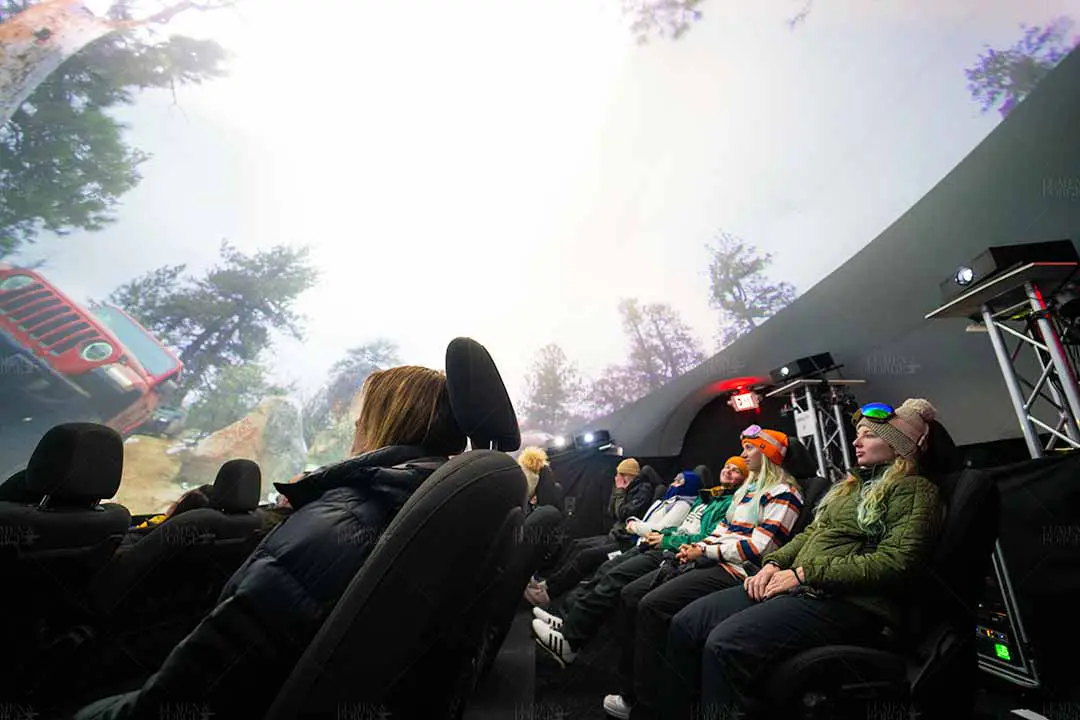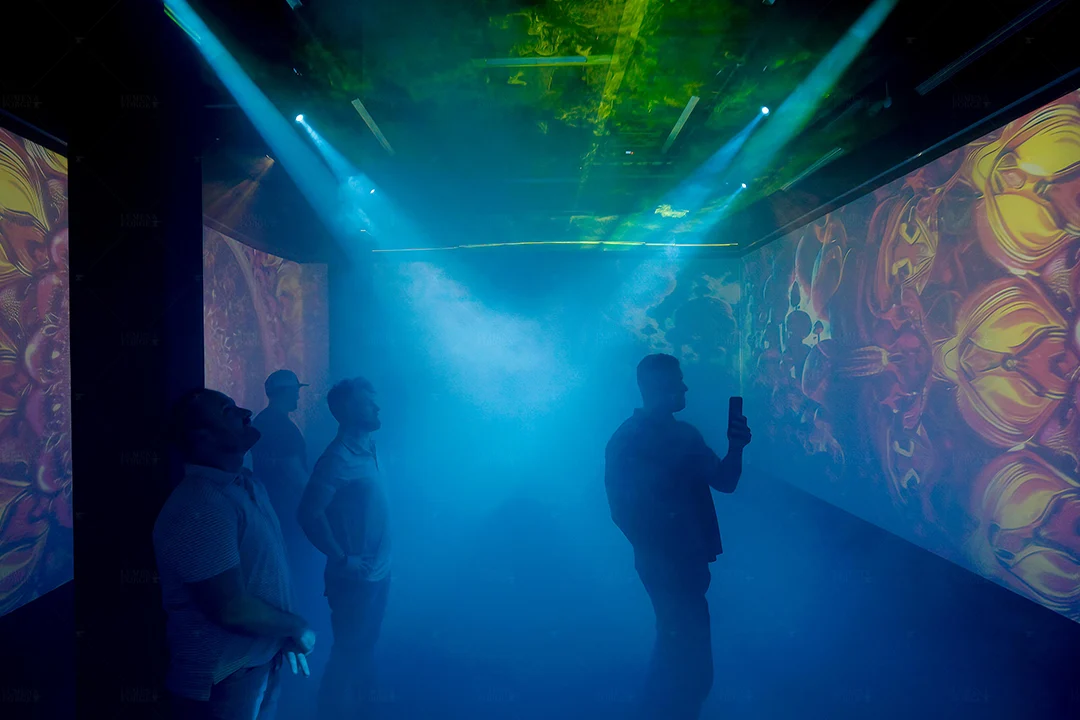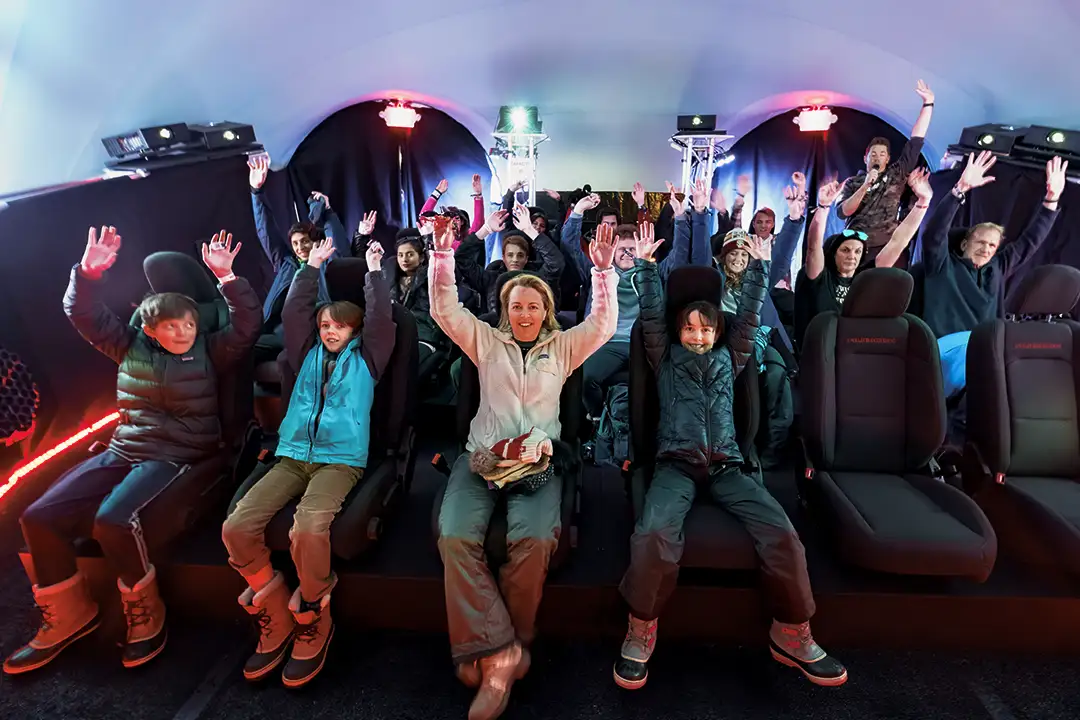The internet is full of videos that allow people to get a taste of an experience. Perhaps it’s through first-person footage of someone skydiving. Or maybe an aerial shot of an expansive landscape through the lens of a drone. While this type of footage invokes some level of immersion, it lacks key components that can take it further.
What is 4D FX?
4D FX refers to four-dimensional effects that pair what you’re seeing and hearing with additional stimuli. Take, for example, the traditional viewing experience. When you’re watching something on a TV, only two senses are engaged: visual and auditory. You see the picture on the TV and hear the sound coming from its speakers. 4D immersive environments go beyond that by engaging more senses, like touch and smell.


How 4D FX Creates Immersive Experiences
Projection Mapping
Visual effects are arguably one of the biggest parts of an immersive experience. Achieving a heightened level of immersion with traditional flat-screen displays can be challenging. Instead, you’re going to need something more unique: projection mapping. 4D projection mapping describes the process of using several, carefully-aligned projectors to create a large but seamless projection. Typically, this is combined with 360 video projection to transform the entire space.
Surround Sound
Sound plays a critical role in creating an immersive experience. Well-executed audio adds realistic depth to what the audience is seeing. Surround sound works by enveloping the viewer from multiple directions, replicating how the scene would sound as if they were placed right in it. This adds a sense of spatial awareness that draws viewers deeper into the scene.
Spatial audio technology takes it even further. It’s used in advanced 4D FX setups and dynamically adjusts sounds based on the viewer’s position. For example, if a helicopter flies overhead in the video, the sound will move accordingly.
Environmental Effects
Environmental effects are a key component of 4D FX in any application. There are several environment effects that can be implemented to replicate real-world sensations, such as the following
- Wind Blasts – Blasts of wind can be simulated with air jets, fans, or compressed air systems, which can be synchronized with what’s on-screen to simulate wind, explosions, and high-speed movement.
- Temperature changes – Infrared heaters and cooling fans or liquid nitrogen systems can be used to quickly change the temperature of the room, matching environmental conditions like the heat from a dry desert or the chill of a snowy tundra.
- Water Mist – Ultrasonic misting systems or fine spray nozzles can be used to release water mists that replicate the sensation of rain, ocean sprays, and splashes.
- Scents – Scent diffusion systems use cartridges that deliver specific smells at different points in the experience. If you’ve ever been on Disney’s Soarin’ Around the World ride, you may remember this. Each scene that’s displayed has its own distinct smell that matches the environment on-screen.
Motion Seats
Motion seats add a physical component to the 4D special effects experience, mimicking the sensation of movement, vibration, and impact. They can be programmed to synchronize with the on-screen action, allowing the audience to feel what they see.
Oftentimes, these motion seat systems use hydraulic, pneumatic, or electromechanical actuators to create a range of effects. Their range of motion, which include tilting, vibrating, and shaking, are useful for replicating a wide range of sensations, from the gentle sway of a boat at sea to the sharp turns of being in a high-speed car chase.
Interactive Elements
Adding interactive elements to the experience turns guests from passive viewers into active participants. Motion technology like infrared sensors, cameras, and LiDAR can detect audience movements and translate that into on-screen responses. For example, you can set it up so that waving a hand causes ripples on the screen, or stepping in a specific zone triggers environmental effects like wind or sound.



























